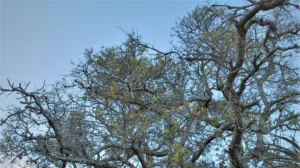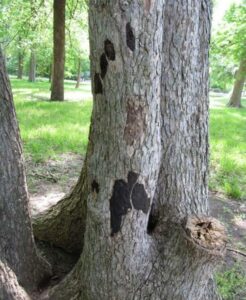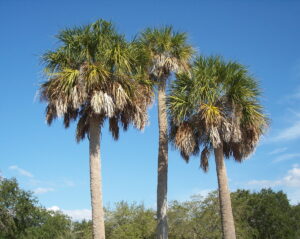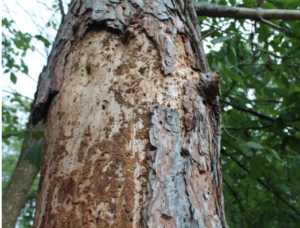Mistletoe and Trees: The Mysterious Relationship
Mistletoe, with its association to holiday traditions and romantic gestures, may seem harmless and even charming. However, this seemingly innocent plant can have significant effects on trees. In this article, we’ll explore the intriguing relationship between mistletoe and trees, shedding light on both the mystical and detrimental aspects of this parasitic plant.
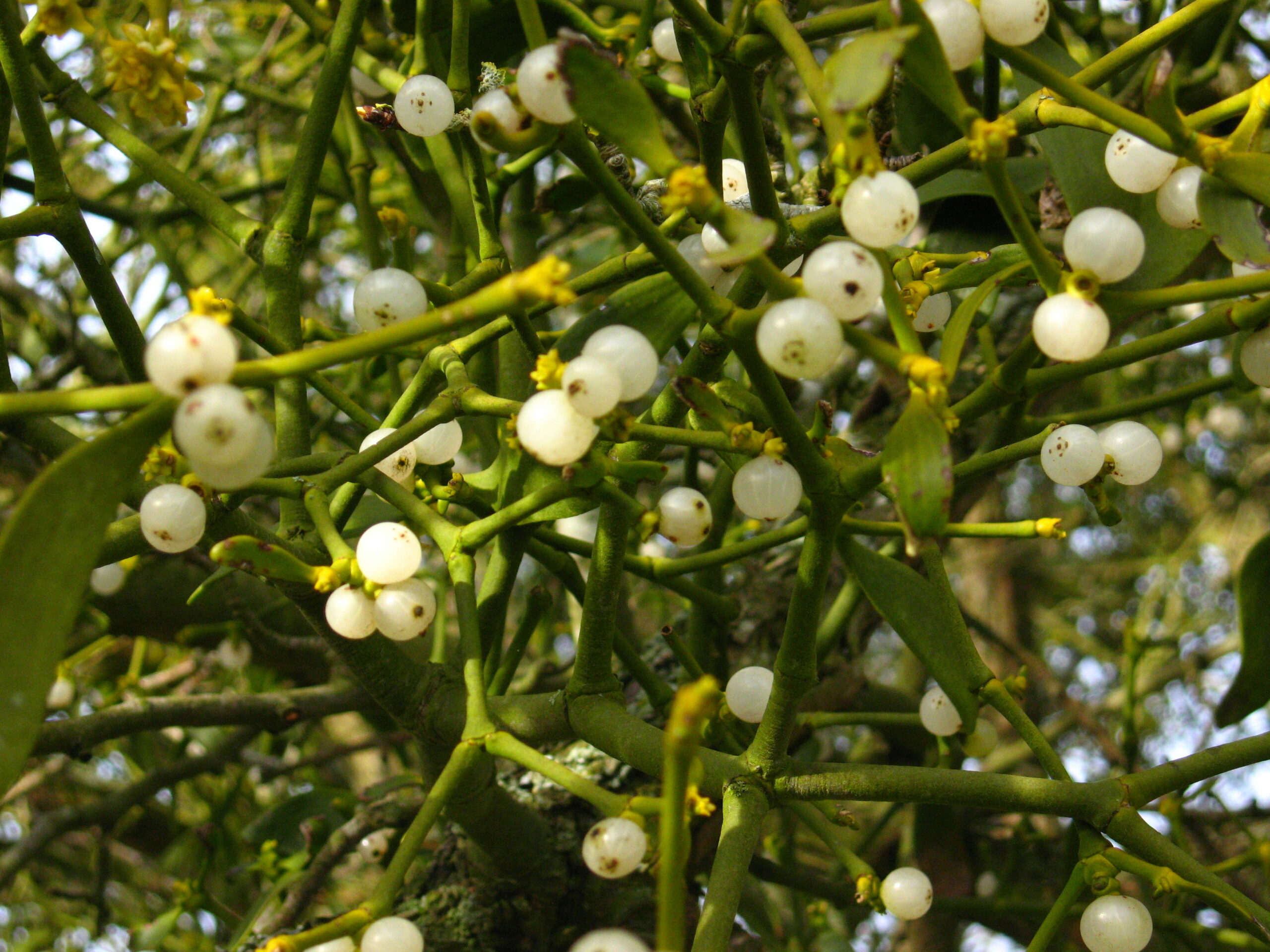
The Basics of Mistletoe
Mistletoe is a unique plant that has captured the imagination of cultures around the world for centuries. It’s known for its distinctive green leaves and small, waxy berries, making it a popular decoration during the holiday season. There are more than 1,300 species of mistletoe, and they can be found on various trees and shrubs.
Mistletoe’s Unique Lifestyle
One of the most fascinating aspects of mistletoe is its unique lifestyle. Unlike most plants, mistletoe is a hemiparasite, meaning it can photosynthesize its food but also relies on its host tree for water and nutrients. Mistletoe seeds are typically spread by birds, which eat the berries and then deposit the seeds on the branches of other trees when they perch.
Effects of Mistletoe on Trees
While mistletoe may not immediately kill a tree, it can have significant effects on its overall health and growth. Here are some of the primary impacts of mistletoe infestations:
Reduced Growth: Mistletoe extracts water and nutrients from its host tree, which can lead to reduced growth and vigor. This is particularly problematic in trees used for timber or in orchards where healthy growth is essential.
Weakened Structure: As mistletoe grows within a tree’s branches, it can cause deformities and weaken the overall structure. This makes the tree more susceptible to breakage during storms.
Increased Vulnerability: Mistletoe can open wounds on a tree’s branches, creating entry points for pests and diseases. This makes the tree more vulnerable to other threats.
Competition for Resources: Mistletoe competes with the host tree for sunlight, water, and nutrients. This competition can further stress the tree and hinder its growth.
Management and Control
Managing mistletoe infestations can be a challenging task. Here are some strategies commonly used to control mistletoe:
Pruning: One of the most effective ways to control mistletoe is by pruning the infected branches. However, this must be done carefully to avoid damaging the tree further.
Chemical Treatments: Chemical treatments can be used to kill mistletoe plants directly. These treatments should be administered by professionals to avoid harming the host tree.
Increasing Tree Health: Maintaining the overall health of the host tree through proper watering, fertilization, and pest control can help it better tolerate mistletoe infestations.
Mistletoe’s relationship with trees is indeed intriguing, blending elements of parasitism and symbiosis. While it adds a touch of magic to holiday traditions, it’s essential to recognize the potential harm mistletoe can cause to its host trees. Vigilance and proper management are key to preserving the health and vitality of trees affected by mistletoe, allowing them to thrive despite this mysterious holiday plant.



